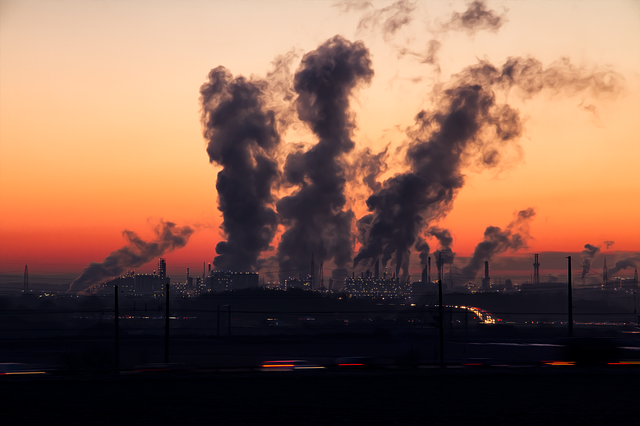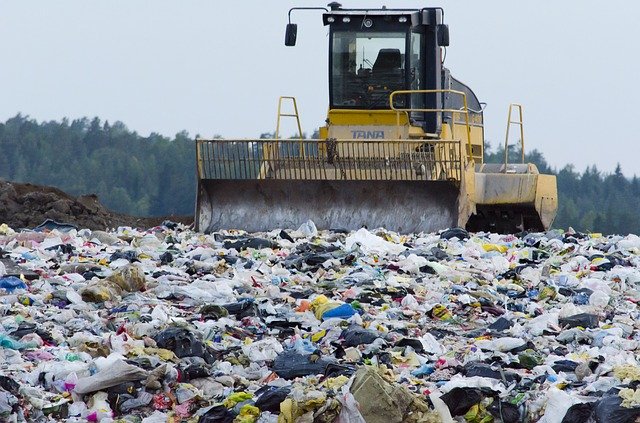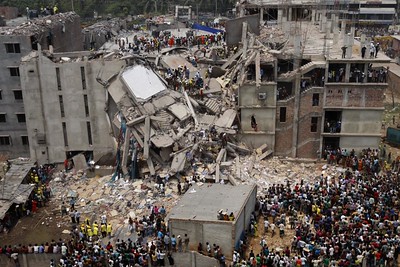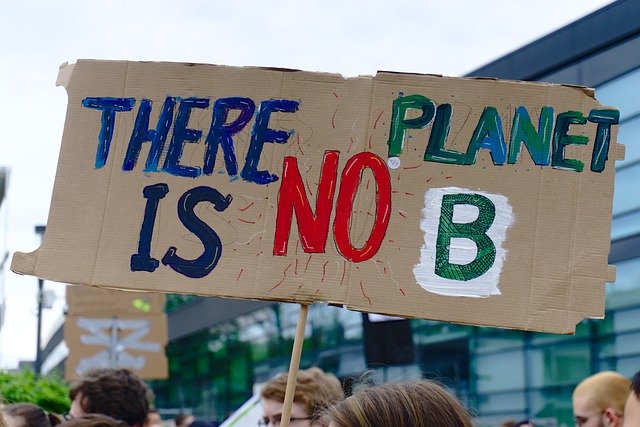Fast Fashion – Environmental Impacts

.The fashion industry is causing a huge impact to the environment, it could be responsible for a quarter of the Earth’s carbon budget by 2050. Fast fashion contributes to the global warming crisis, showing it is becoming more of a curse than a blessing. Read on to learn the different ways the fashion industry bad for our planet…
Waste and landfill
Consumers are used to being in a throw away culture when it comes to clothes. Due to Instagram culture, there is an unsaid social pressure not to repeat outfits in posts online. Where do these clothes unwanted clothes go? Often they are put in landfill and burnt, this releases carbon dioxide into the atmosphere, which only aggravates global warming further. Due to fast fashion we are now faced with issues of decreasing raw materials, water pollution and greenhouse gas emissions used, this is because of the production and the shipping of clothes.
The UK government are trying to make a change with this issue. A report published by the UK parliamentary committee advised governments to ban the burning or dumping of clothes waste. The throwaway culture of fast fashion needs to end and we need to enter a new era of a sustainable future.

Companies like Missguided and Pretty Little Thing play a huge role in fast fashion contributing to huge water consumption, pollution and clothing waste, this all contributes towards the climate change emergency. We as consumers feel like if we wear an outfit once we can’t wear it again but why is this? Our culture of Instagram outfit pictures and feeling as though we have to live up to expectations makes consumers feel like they need a new dress for every occasion. But this is contributing to the high demand in clothes causing issues with global warming.
Water consumption
A single t-shirt takes 2,700 liters of water to make. This is the same amount of water an average person drinks over the course of 900 days. This shocking fact shows how much it takes just to make one item so thinking in terms of fast fashion and the high demand in product there will be huge wasteage and pollution issues. There is a huge water shortage in the developing world, with 750 million people not having any access to drinking water. So why is the water supply being used on the production of clothing rather than people who need it most? The fashion industry has a huge water consumption so if we slow down the demand for fashion less water will need to be used.
Rana Plaza Accident
There have not only been negative impacts towards global warming but also the workers. In 2013 the deadliest garment industry accident occurred when the seventh floor of the eight-story Rana Plaza retail and apparel manufacturing complex collapsed injuring 2,500 and killing more than 1,100 people.

This disaster is a prime example of why the production of products in the retail industry needs to change. They need to make sure health and safety risks are checked and working conditions are comfortable and safe for the workers. Workers also need to be paid properly for what they do instead of being exploited.
The production of fast fashion is extremely detrimental to humans and the environment. A further issue created is that to input so many human and natural resources into fast fashion when the products are worn once or not used, and then incinerated is not right. Even though you think you are getting cheap deals, you have got to take a step back and think about the effects it’s having on the workers and the environment.
Microplastics in the fashion world
Not only is the environment effected by the production and the shipping of the products but also what the products are made from. Most fast fashion garments are made from synthetic materials, such as nylon and polyester, which are actually made from plastic. The issue of microplastics has hit the fashion world and fast fashion is speeding the issue up. Plastics can take up to a thousand years to biodegrade, harming the environment dramatically. The cheaper the clothing the cheaper the material making it more likely to hold plastics in them, making the retail industry a major contributor to the plastic pollution.

What can you do to make a difference?
Remember there is no planet B, no alternative planet that you can live in. You must look after this world. Decrease your carbon footprint and be aware of the effects fast fashion has on the environment. Become an eco-conscious shopper and check what you’re buying before you purchase. Slow fashion is much more sustainable than fast fashion. Choose clothes of good quality which will last a long time, this will help to lower the pollution and environmental impacts.
Fight against this fast fashion curse!